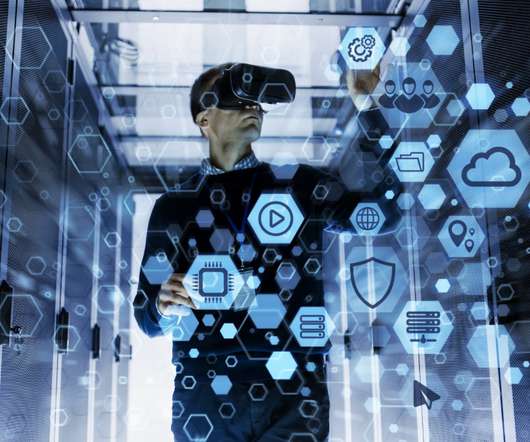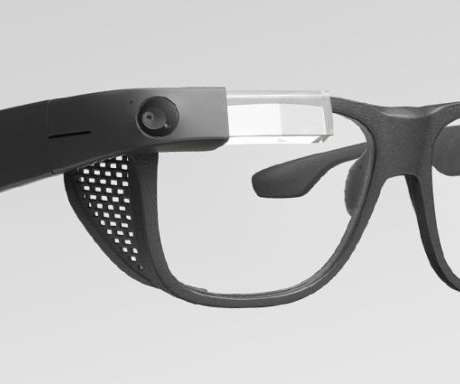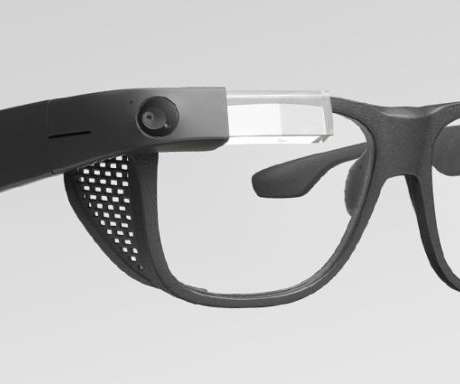The Future Is Now: 2023 Metaverse and XR Predictions Worth Looking Into
ARPost
FEBRUARY 6, 2023
He adds that one of the main causes of motion sickness in VR experiences is poor latency. When a delay in latency occurs, your real and virtual movements no longer match, knocking the equilibrium out of balance and causing ‘cybersickness.’ until 2028.











Let's personalize your content